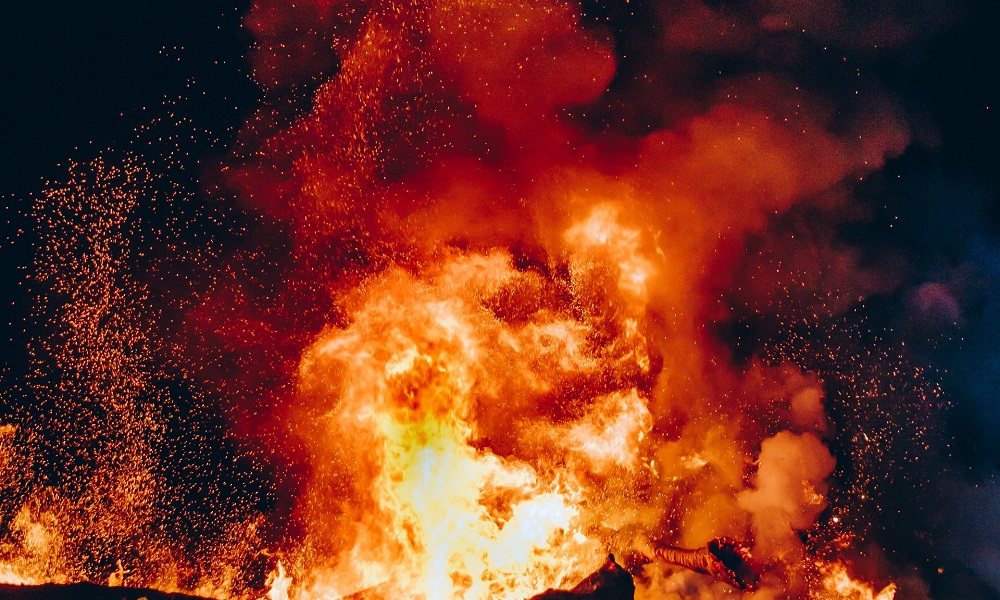When you think about fire damage, the first question that comes to mind is “How was the fire started?” and the second question that comes to mind is“What was the source of the destruction?” You hardly ever think about how the damage from the aftermath of the fire or the pollution that is arising from the damage. This is often the case because typically we are more concerned with what we lost in the fire than the contamination that can develop from the combination of water, the structure of the home and any other appliances and upholsteries in the building.
Things to consider are:
Once a fire is started, the temperature of the fire is usually around 600 degrees Celsius.The damage that occurs after the fire persists at different times due to the variety of materials that are present in the home. Some items burn fast while other items can be very resistant. Any home or building that experiences the effects of a fire on its structure and depending on how bad the fire was, the entire building could be too weak even be restored. The restoration process may be tedious depending on the level of damages.
This process may consist of demolishing the building or even rebuilding the entire structure again. The materials used could be severed to the point of no return allowing for permanent damage to the integrity of the structure. Although concrete is resistant to fire, other materials used with the concrete can be more susceptible to shock.


After a fire has started and has spread, there is an immediate need for water to be used to put out the fire.
The water that is used to put out the fire contributes to the overall water damage that occurs after the fire is minimized. The water damage not only contributes to the weakening of the building, but it contributes to the pollutants, contaminants and toxins that are released as a result of the excess water.
The water damage leads to the development of mold. In addition to the mold, the smoke, soot and ashes are very dangerous when inhaled and can lead to serious lung conditions and even death. This is due to the inhalation of carbon monoxide that is released in the smoke.
The combination of the mold and the toxins can lead to serious health conditions.
You do not usually associate mold with house fires but when water is involved in putting out the fire, you can account for the interaction of the moisture and the heat can lead to mold growth.
It usually only takes a property anywhere from the initial contact with water up to 48 hours for mold to grow.
Mold not only causes contamination but contributes to health and safety concerns.
These concerns include but are not limited to allergic reactions or toxic effects to the hair, skin, nails, eyes and throat. It can also cause pulmonary infections as well.

When restoring a home after fire damage has occurred, you must assess and evaluate how much damage the fire has done to the exterior and interior of a home but most importantly the structure of the home. First, you must assess if there is mold present and which molds are present.
Below is a list of molds that could potentially be present after a fire has occurred and water damage has been introduced:
All of the above molds are commonly found in the home and are also found after a fire has occurred. These molds present as either allergenic or toxigenic and should be avoided in dangerous situations such as after a fire.
The restoration process after a fire consists of a number of steps to ensure that your family is safe and the building is restored to its original state if it can be sustained. The following are steps that can be taken to make sure that you are able to restore your home:
Once you have repaired and restored your home after you have experienced a fire, it is important to take precautions moving forward so that you are able to prevent any future fire damage. You do not have to have it all figured out at once but it is important to have a plan for you and your family so that you can be safe and healthy if experiencing a harmful event. You want to make sure that you address every concern that may arise which can range from contact to a substance or maintaining a health condition that can arise from a fire.
Below is a list of recommendations to prevent fire damage:

